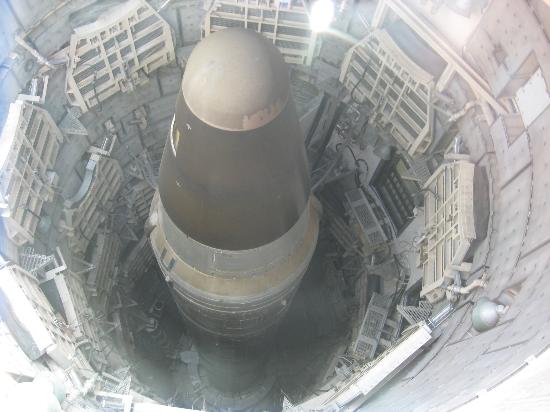The Training:
Rank: Airman E-2
![]() Earned a Promotion based on Time in Service/Time in Grade E-3 Airman First Class
Earned a Promotion based on Time in Service/Time in Grade E-3 Airman First Class
![]()
Attained 2 Leadership positions:
Yellow Rope ![]() (The
Aiguillette)- squad leader in charge of a squad and mass during review.
(The
Aiguillette)- squad leader in charge of a squad and mass during review.
Red Rope ![]() - Shift Leader responsible for the A-Shift students in my Wing/shift.
- Shift Leader responsible for the A-Shift students in my Wing/shift.
There were nearly 500 people that I commanded during noon review (we called
lovingly "Noon Tune") for the General Officers and Dignitaries. We marched in
Mass Formations, 72 airmen per Mass, 8 across and 9 deep, and I usually had 5+
masses daily for my shift, depending on sick call and such. Each mass had a
Yellow rope leading and barking/echoing my commands....Forward march, Eyes
Right, Left Turn or Right Turn, etc.
All military personnel are given specific training based on their aptitude and selection of military positions. Jobs in the Air Force are referred to as AFSC or Air Force Specialty Code. While my AFSC was more related to a power production job skill, my training was much much more.
I chose to become a missileman and that career was very limited due to the number of ICBMs (InterContinental Ballistic Missiles) at that time. This limitation placed me in an elite group of people in the Air Force. Crewmember status and training was geared more towards delivering the weapon system when ordered, than to doing the hands-on daily repair of support and missile or weapon system components. Civil engineering was the primary focus for me, the MFT (Missile Facilities Technician), in reading blueprints, wiring diagrams, with specific training in Air Conditioning systems, plumbing systems, hydraulic systems, cooling water systems, regulated A/C and D/C power production systems, diesel generators, MSA Mine Safety Appliance training for sensing missile fuel and oxidizer leaks, elevator systems, and many other launch systems and support items.
We had multiple communications systems to include the normal telephone, HF/UHF radio transmitters, encrypted communication systems, and portable radio comms for use while inspecting the facilities both above and below ground.

